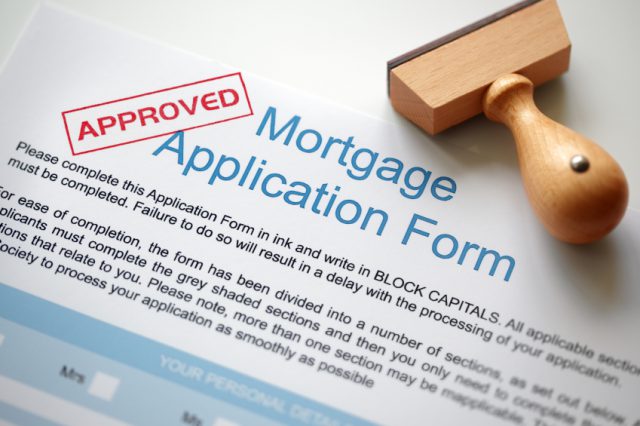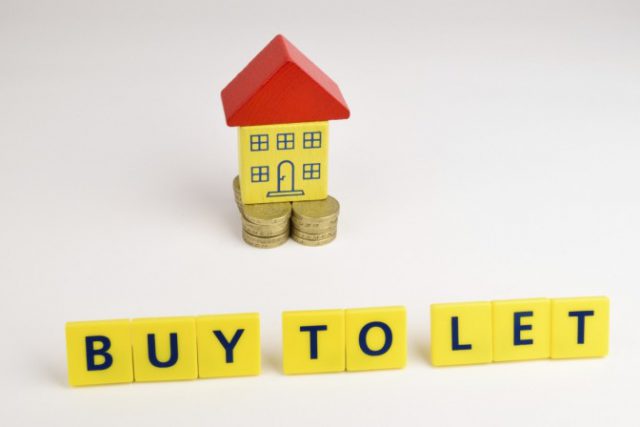House prices rose by an average of 5.6% in the year to April 2017 – 1.1 percentage points higher than in the 12 months to March, show the latest official statistics from the Land Registry and Office for National Statistics (ONS).
On a monthly basis, prices rose by 1.5% in April, taking the average value across the UK to £220,094.
Regionally, the largest house price growth in April was recorded in the East of England (8.1%), while the lowest was in the North East (0.6%).
House prices increased by 4.7% in London in the 12 months to April – 1.5 percentage points higher than in the year to March. This is the first time in 11 months that the rate of price growth in the capital has risen.

House Prices Up on an Annual Basis in April, Show Official Statistics
These figures are consistent with data from the Royal Institution of Chartered Surveyors (RICS), which has reported negative price expectations in London for the 13 months to April 2017.
Looking at housing demand, RICS’s residential market survey for April shows that buyer enquiries remained low.
In April, the total number of seasonally adjusted property sales completed in the UK with a value of £40,000 or above rose by 20.3% compared with April 2016.
The unusually low level of transactions recorded in April last year was associated with the introduction of the Stamp Duty surcharge on additional properties. Comparing April 2017 to April 2016, sales fell by 3.2%.
According to the Bank of England agent’s summary of business conditions report for May, housing market activity was subdued on both the demand and supply side.
Regarding supply, RICS reports that new sales instructions remained negative for the 14th consecutive month. It also states that average estate agent stock levels remain close to record lows. Furthermore, RICS claims: “An acute shortage of stock remains a key factor underpinning prices for the time being.”
The Founder and CEO of online estate agent eMoov.co.uk, Russell Quirk, comments on the data: “The latest Government data seems to portray a healthier market than other industry sources on the surface, with the monthly rate of growth bucking the downward trends seen in the previous month to climb 1.6%. That said, transactional volume was down on a month–on-month basis, and it is reported that both buyer and seller demand dwindled, no doubt a knee-jerk reaction to the news of a snap election.
“Although the events of the last year, particularly the changing political landscape, do not seem to have had a long-lasting detrimental impact on the UK property market, they have certainly stunted the rate of price growth.”
He adds: “Many UK homeowners and buyers for that matter would have been waiting for the election outcome to provide an air of stability in which to conduct their transaction. The reality, for the immediate future at least, will not provide that, and it is likely that the unpredictable swings in house price growth seen over the last few months will now persist for a while longer.”
The Senior Economist at PwC, Richard Snook, also says: “In the first set of numbers released since the General Election, the official ONS and Land Registry house price data showed that average UK house price inflation rose to 5.6% in the year to April, from an upwardly revised 4.5% in March (initially reported as 4.1%).
“This increase goes against the general pattern of slowing growth since summer 2016, as average UK prices leapt by £3,500 in the month, from £216,600 in March to £220,100 in April.”
Snook continues: “There was broad based strengthening across the regions – in particular, annual growth in London rose from 1.5% reported in March to 4.7% in April. Meanwhile, in Scotland, prices surged by £8,000, from £138,000 in March to £146,000 in April. This is the biggest monthly gain since this series began in 2005.
“These figures go against the recent trend of a Brexit-related slowdown that we predicted last year, but remain consistent with our guidance of 2%-5% growth in 2017 as a whole.”







